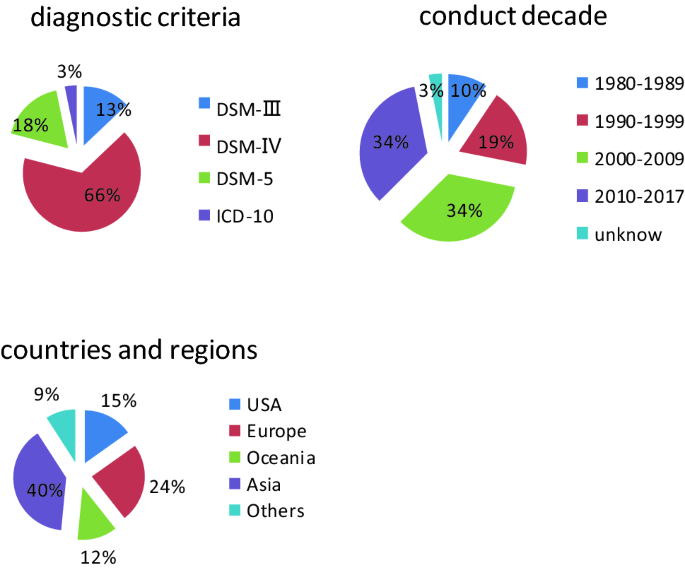What are eating disorders?
According to a reliable source, eating disorders are:
“Disordered eating behavior is a serious mental illness. You might need to limit the amount of food you consume, eat a lot of food at once, or eliminate food from your diet through unhealthy methods (such as purging, using laxatives, fasting, or excessive exercise), or a combination of these.”

Despite the fact that eating disorders are related to food, they are not just about food. People with this disorders often use food as a coping mechanism for other stressors in their lives or their everyday emotions and activities.
Disordered eating is an umbrella term that describes a variety of mental illnesses characterized by disordered eating behaviors. Eating disorders include:
-
Avoidant/Restrictive Food Intake Disorder (ARFID)
-
Other Specified Feeding or Eating Disorders (OSFED)
The three most common eating disorders are Anorexia Nervosa, Bulimia Nervosa, and Binge Eating Disorder (BED).
In this video, we offer an introduction to this illness by summarizing what these disorders are. It also describes the narrator’s experience with an eating disorder which is known as ‘Anorexia Nervosa’.
This video was provided by Psych Hub Education.
What is the prevalence of these disorders?
There are a large number of people with disordered eating who do not seek help, so their cases aren’t officially recorded by the government.

Statistics of countries and regions affected by this disorder.
In the UK for example, these disorders are known to include:
-
Girls and women are more likely to suffer from anorexia nervosa, which develops around the age of 16 or 17.z
Also read; Statistics on eating disorders
-
At some point in their lives, approximately 8% of women suffer from bulimia nervosa.
-
Approximately 25% of people with disorder are male, and these disorders are on the rise among men.
-
Anorexia Nervosa and Bulimia Nervosa are eating disorders that do not neatly fit the diagnostic criteria for these disorders, such as Other Specified Feeding or Eating Disorders (OSFED). About 40% of people who seek eating disorder support services are diagnosed with OSFED.
-
There is no mental health condition with a higher mortality rate than this disorders, and Anorexia Nervosa has the highest mortality rate of all mental health conditions in teenagers. Suicide and physical health risks contribute to this mortality.
-
Half of those who survive these disorders recover, 30% improve, and 20% remain chronically ill.
-
Nearly half of people with these disorders suffer from depression
Factors that pose a risk
An eating disorder can be caused by several factors. Among the risk factors are:
-
The sexuality of the female gender
-
Eating disorders in the family
-
An illness history in the family
-
Mental illness co-occurring with depression or anxiety
-
Abuse history, either physical or sexual
-
Diet history
-
A quarter of women diagnosed with Type 1 insulin-dependent diabetes will develop an eating disorder. The practice of skipping insulin injections in order to lose weight is known as ‘diabulimia,’ and it can be deadly
-
A history of bullying
-
Isolation and loneliness
-
Immiscible in cultures that perpetuate weight stigma. The cultural message of ‘thinner is better’ is prevalent in many Western societies.
1 comment